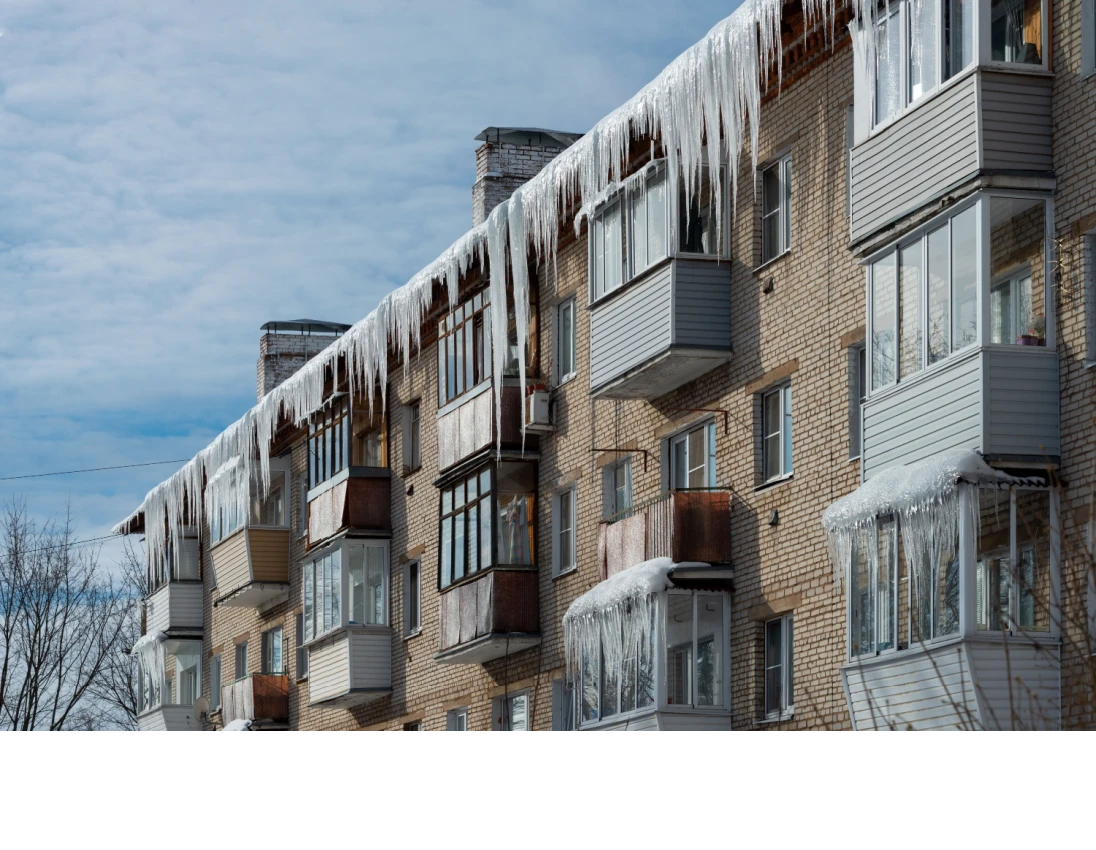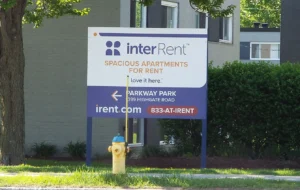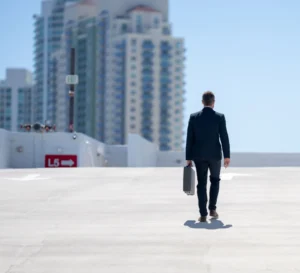Property managers may be willing to offer concessions and discounts in winter

How Seasonal Trends Affect Multifamily Rental Markets
It comes as no surprise to anyone familiar with the housing market that seasonal changes affect the purchase of homes. Summer, winter, fall, and spring create a range of seasonal trends that shape the dynamic of the multifamily rental market.
In this case, multifamily refers to rentals in buildings such as duplexes and apartment complexes that can accommodate multiple families. Understanding how these seasonal trends impact rental behavior is crucial for your success in the multifamily rental market.
In this article, we’ll delve into the details, showing you how seasonal patterns influence demand and rental rates, empowering you to make informed decisions.
Seasonal Multifamily Real Estate Trends
Spring and Summer: The Leasing Boom
1. Increased Demand
Spring and summer are historically the most active seasons for the multifamily rental market. This is because families prefer to move when children are out of school, and college graduates leaving school start to look for jobs and a new place to live. During the spring, there is an uptick in rental searches in anticipation of summer, and during summer, between July and August, a significant amount of moving takes place. These seasons are the optimal time to move to a new multifamily rental because you don’t have to worry about extreme cold or heavy rains making the roads untraversable or your valuables getting wet.
2. Rent Prices Skyrocket
During these peak seasons, when the majority of units are in high demand, landlords and property managers have the opportunity to negotiate higher rent prices. With lower vacancy rates and higher turnover, there are more opportunities to renew leases or lease to new tenants at higher rates, giving you more control over your rental income.
3. Faster Turnaround Times
Strategic timing is key during these peak seasons. Selling a multifamily rental during spring requires quick decision-making, as you don’t want to sell too early at a lower price or keep the rental for too long, as demand can drop. This generally means that units are rented out much faster. Funding a marketing project during this season also yields better results during this period, making it a smart time to launch new properties and introduce new lease-ups.
Need a Lease Agreement?
Access 150+ state-specific legal landlord forms, including a lease.
Fall and Winter: The Slow Season
1. Decline in Rental Activity
As the weather cools and the holidays approach, many renters opt not to take the risk of moving to a new property. This is because moving during the winter months is often inconvenient and expensive. There’s also the possibility that several issues with the property may not be noticeable during winter, but become apparent during spring. This seasonal slowdown typically results in more extended vacancy periods and fewer people searching for new apartments or homes.
2. Rent Concessions and Discounts
Due to this lull in rental inquiries and subsequent purchases, property managers may be willing to offer concessions and discounts, such as one month of free rent, reduced deposits, or waived alterations to lease terms. Meanwhile, other managers do not wait to lease up new property. Both of these strategies help to maintain occupancy levels and convince people who are apprehensive about the risk to move in the winter to do so.
3. Longer Lease Terms as a Strategy
A popular strategy employed by landlords during this time is to introduce longer leases, typically starting in winter. They do that so that the next lease ends during a peak rental season, which lets them place the property in the perfect state to be up for leasing. So if you time your leasing periods during winter to expire during the height of summer, you can convince the renter to extend their lease at an even higher price.
Source: The Multifamily Firm













 Accessibility
Accessibility